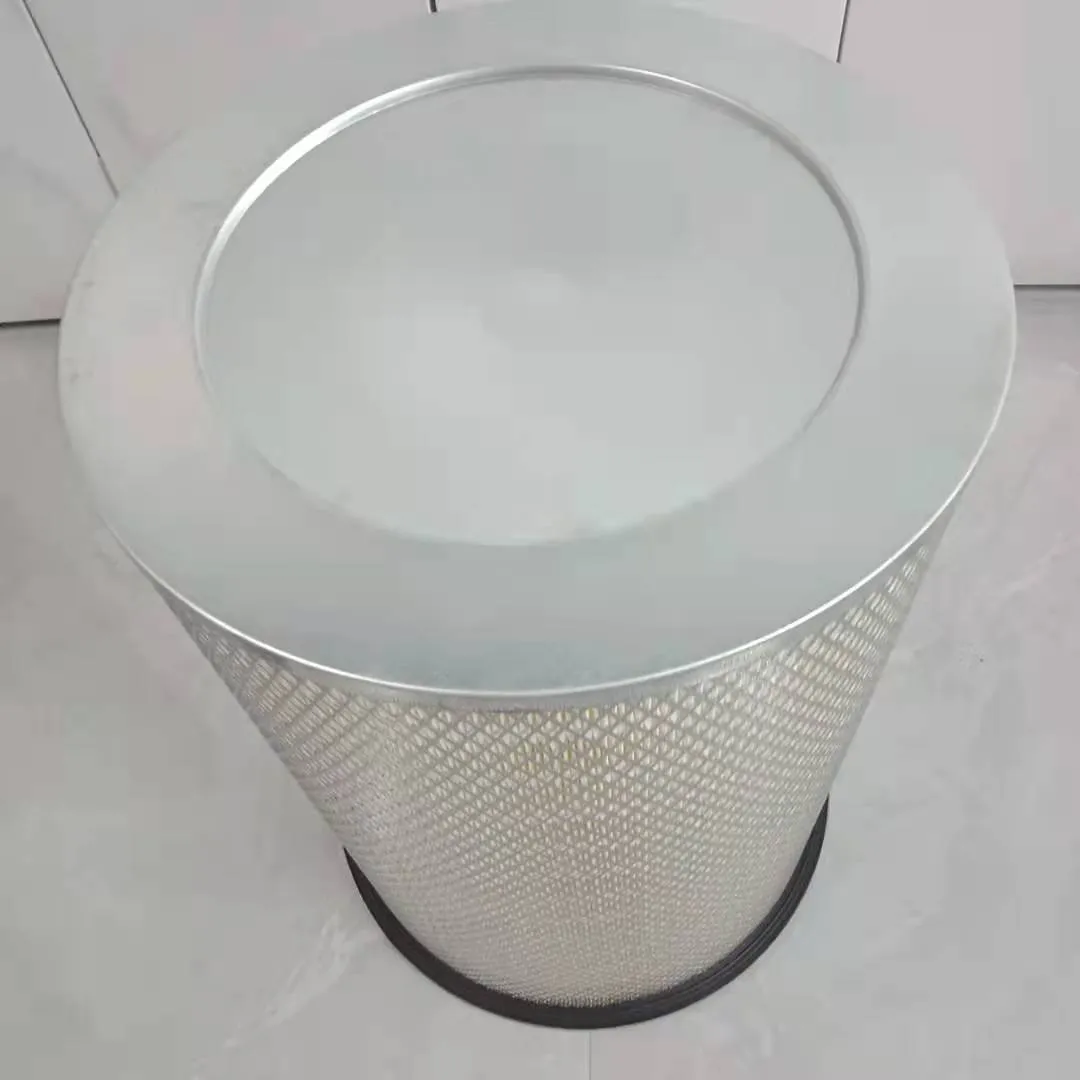 Tel:
+8615930870079
Tel:
+8615930870079
12월 . 05, 2024 14:57 Back to list
pleated filter cartridge dust collector
The Importance of Pleated Filter Cartridge Dust Collectors
In industries where air quality is paramount, the use of effective dust collection systems is crucial. Among the various technologies available, pleated filter cartridge dust collectors have gained popularity due to their efficiency and effectiveness in capturing airborne particulates. This article delves into the workings, advantages, and applications of pleated filter cartridge dust collectors, underscoring their importance in maintaining a safe and healthy working environment.
Understanding Pleated Filter Cartridge Dust Collectors
Pleated filter cartridge dust collectors operate on a simple yet highly effective principle. These systems utilize pleated filters—designed with a series of folds—to maximize the surface area available for capturing dust and other particulates. The increased surface area, compared to traditional flat filters, allows for a greater collection capacity without a corresponding increase in size. As air containing dust particles is drawn into the collector, these pleated filters trap contaminants while allowing clean air to pass through, thus maintaining air quality.
Advantages of Pleated Filter Cartridges
1. High Filtration Efficiency Pleated filter cartridges are designed to capture a wide range of particle sizes, including fine dust, allergens, and contaminants. This high level of filtration efficiency is essential for industries involved in manufacturing, pharmaceuticals, food processing, and woodworking.
2. Space-Saving Design The pleated design allows for a more compact filter that occupies less space while providing enhanced filtration surface area. This is particularly beneficial for facilities with limited space, as it enables the installation of effective dust collection systems without requiring extensive floor space.
3. Reduced Energy Consumption Due to their larger surface area, pleated filters typically offer lower resistance against airflow compared to traditional filters. This results in reduced energy consumption for the dust collector system, leading to cost savings on electricity bills and a smaller carbon footprint.
pleated filter cartridge dust collector

4. Longer Service Life The robust construction of pleated filter cartridges allows them to handle higher dust loads without clogging. Consequently, they tend to have a longer service life, which translates to less frequent replacements, reduced downtime, and lower operational costs.
5. Versatility Pleated filter cartridge dust collectors can be tailored for various applications and industry requirements. Whether capturing industrial dust, smoke, fumes, or even volatile organic compounds (VOCs), these systems can be customized to meet specific needs, ensuring optimal performance.
Applications Across Industries
Pleated filter cartridge dust collectors are employed across a diverse array of industries. In manufacturing environments, they play a vital role in controlling dust generated from machining processes, ensuring that equipment remains clean and safe to operate. In the food processing sector, these collectors help maintain sanitary conditions by capturing dust and allergens that could contaminate products.
Additionally, in the woodworking industry, pleated filter systems are essential for managing the fine wood dust generated during cutting, sanding, and routing processes, protecting workers’ respiratory health and ensuring compliance with safety regulations.
Conclusion
As industries continue to prioritize workplace safety and environmental sustainability, pleated filter cartridge dust collectors have emerged as an indispensable component of dust management systems. Their high filtration efficiency, space-saving design, and long service life make them an ideal choice for a variety of applications. By investing in advanced dust collection technologies, businesses not only comply with health regulations but also foster a cleaner and healthier environment for their employees. With air quality being more important than ever, pleated filter cartridge dust collectors represent a significant step towards achieving industry-leading standards in workplace safety and operational excellence.
-
Nano Fiber Technology: Revolutionizing Cartridge Dust Collector FiltersNewsAug.06,2025
-
How Activated Carbon Air Cartridges Eliminate OdorsNewsAug.06,2025
-
Dust Filter Cartridge Handling Fine Particulate MatterNewsAug.06,2025
-
Cartridge Dust Collector Filter for Welding Fume ExtractionNewsAug.06,2025
-
Activated Carbon Filter Cartridge Effectiveness Against VOCsNewsAug.06,2025
-
Activated Carbon Air Filter Cartridge Benefits ExplainedNewsAug.06,2025

 Email:
Email:





